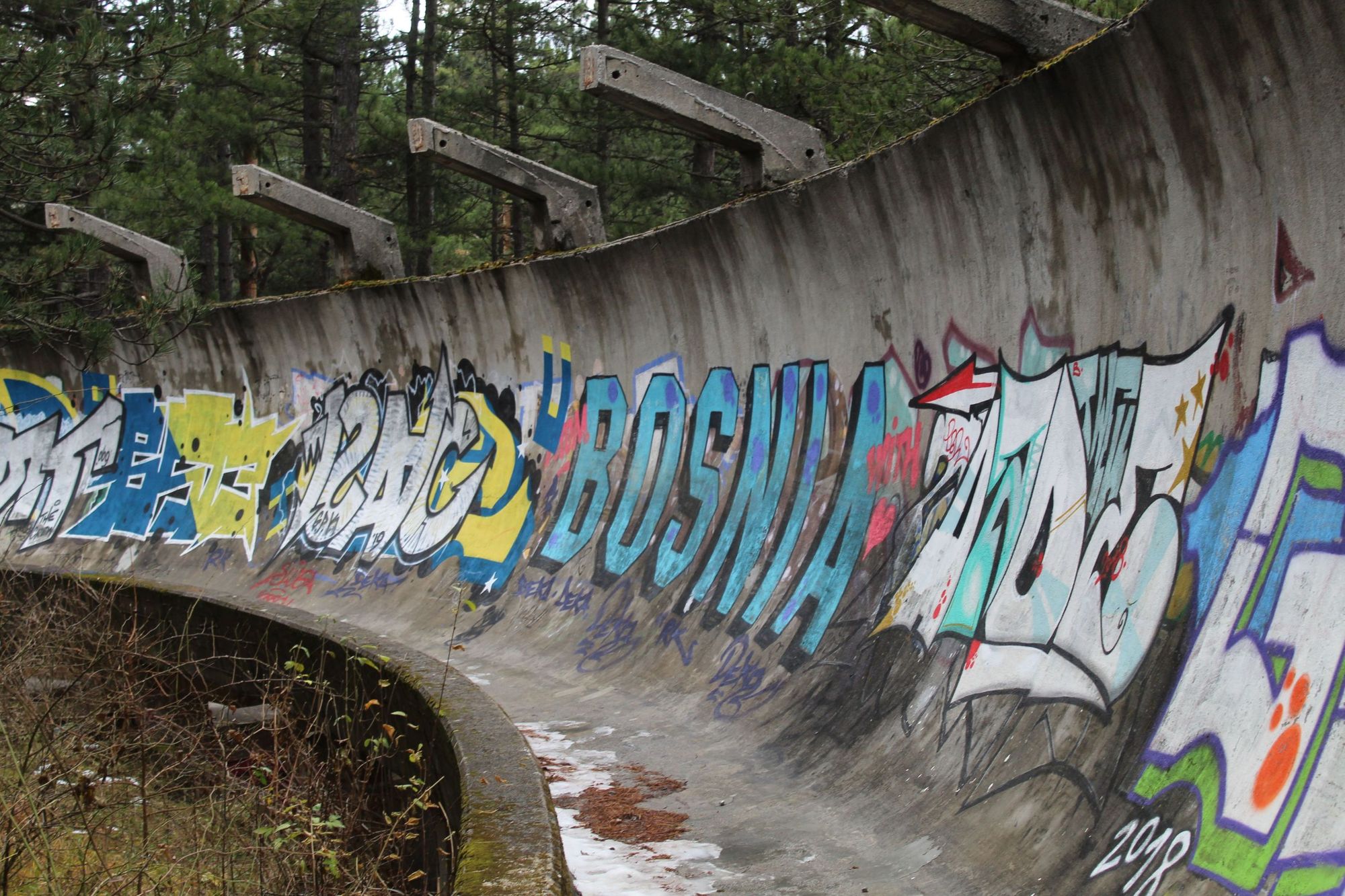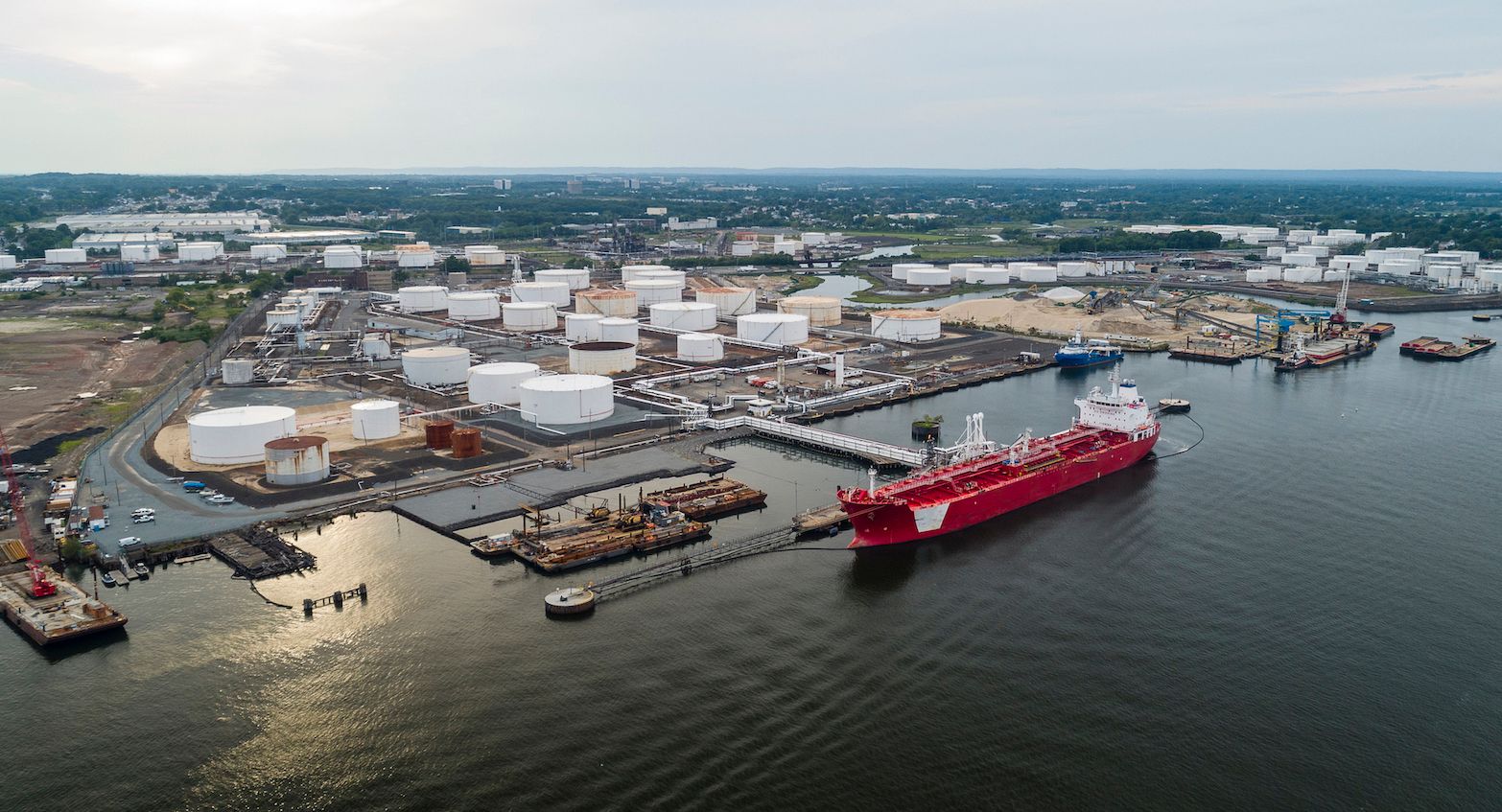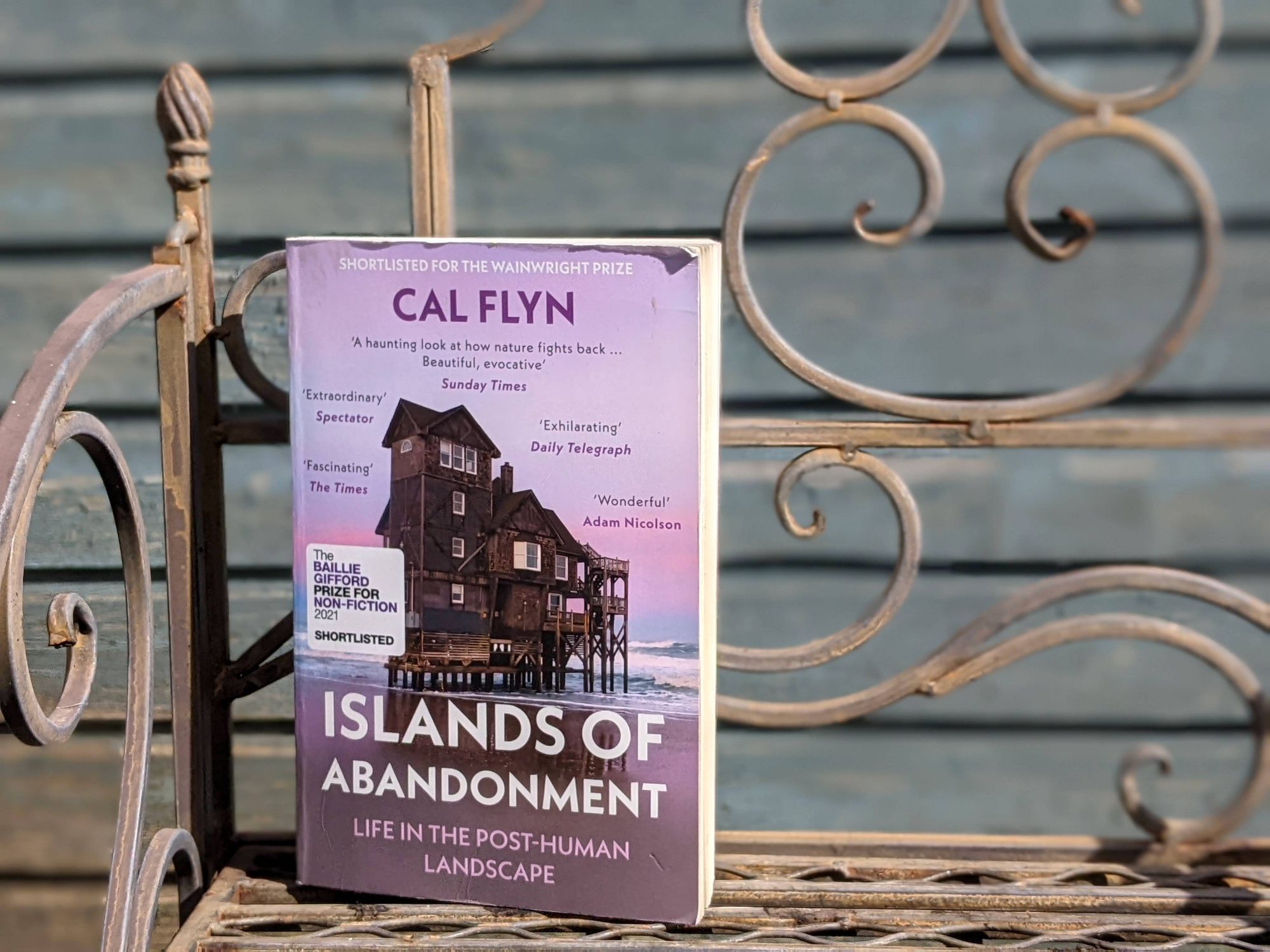“In this book, we will travel to some of the eeriest and most desolate places on earth,” writes Cal Flyn in the introduction to Islands of Abandonment: Life in the Post Human Landscape. We follow her to the demilitarised buffer zone bisecting Cyprus, and to the still-irradiated landscapes of Chernobyl. We travel to abandoned Soviet collective farms in Estonia and the blighted city of Detroit. Each environment is rendered in prose as stark and vivid as the places themselves.
This is no dark tourism. Rather, it is a thoughtful and original study of the impact humanity can have upon the environment, and the extent to which the natural world can recover.

“Abandonment is rewilding, in a very pure sense, as humans draw back and nature reclaims what was once hers,” Flyn writes.
The first section of the book, 'In Absentia', is a look at exclusion zones. It shows how, in the absence of humans, these become sites of ecological richness.

“Stability is the key ingredient: stalemates of the sort seen in Cyprus, or deadly hangovers from wartime such as minefields, create no-go zones not unlike strict reserves, protecting wildlife and halting the exploitation of natural resources,” Flyn explains.
One such example is the site of a collective farm in Harju, Estonia. Once a site of intensive agricultural processes, it has since been abandoned and reclaimed by its natural habitat - first wildflowers and species-rich grasslands, then trees - an accelerated example of ecological succession.
Abandonment is rewilding, in a very pure sense, as humans draw back and nature reclaims what was once hers
“Within a year, it had shed its skin: the barley, dependent upon human intervention to survive, did not return. Since then, a changing cast of species has paraded through, as part of a process so fast as to make unrecognisable entire landscapes within a few short years,” Flyn explains.
Most abandoned Soviet collectives return to forest, becoming vast sinks of carbon sequestration. There is 10 million hectares of forest regrowth in Eastern Europe and European Russia alone (that’s only 14% of the abandoned farmland), creating the biggest man made carbon sink in human history - a potential 42.5 million tonnes of carbon a year.
But few sites are truly devoid of people. The second section of the book, entitled 'To Those Who Remain', is devoted to the human cost of abandonment. In Detroit, there’s a word for it: blight. It doesn’t just refer to the ‘dark, diseased buildings’ in the city (due in large part to its deindustrialisation), but to what it leads to - mass abandonment of neighbourhoods and a rise in crime.

Flyn connects it to a phenomenon called the ‘Glasgow Effect’, which refers to the fact that Glasgow once had a far higher mortality rate than other deindustrialised British cities. The reason: invasive slum clearance and ‘urban renewal’ projects, leading to lowered morale and poor health.
The third part of the book, 'The Long Shadow', is an exploration of the indelible marks anthropogenic processes can leave upon the environment. One of the most devastating examples is of Arthur Kill, a tidal strait in New Jersey. The area was once home to oil refineries, chemical works, paper mills, smelters and more. Now noxious chemicals - PCBs and carcinogenic dioxins - saturate the sludge on the shoreline. They have “frightening and fatal” impacts on the people and animals who live here.
The thought of the others, the sheer scale of what might be lost, what is already lost, is dizzying
But animals, unlike humans, adapt. According to scientists, the killifish in these waters have evolved to become 8,000 times more resistant to industrial pollutants than their counterparts in unpolluted waters. The dystopian future, survival in a post-industrial landscape - it has, Flyn shows, already arrived.
“If dioxin is the curse then this is the blessing. Nature - or rather, some of her constituent members have - the capacity to survive in conditions that would once have killed them, the ability to adapt to a befouled and ruinous world, and even thrive there,” she writes.

“The thought of the others, the sheer scale of what might be lost, what is already lost, is dizzying. But it offers a tiny, hairline crack, through which light glints.”
The final section of the book, 'Endgame', explores environments which to Flyn exemplify what our world might look like in the future. The most evocative of these is Slab City, a “makeshift desert camp of dropouts and drifters” in California.
“A hodgepodge of sun-bleached RVs, foil pasted across their windshields; shacks built of pallets and tarpaulin; compounds built of corrugated sheets, rusted oil drums and hard-worn tyres,” Flyn writes.
“Slab City itself seems like a vision of a post-atomic future: a hardscrabble society cobbled together from the ruins of a fallen civilisation.”
This should be a book of darkness, a litany of the worse places in the world. In fact, it is a story of redemption.
It has been included in the book as a warning: this is what we could become. Flyn concludes by reminding us of the urgency of our situation - informing us that during the writing of this book alone, Australia’s forest fires released 400 million tonnes of carbon into the atmosphere.
Despite the portentous urgency of the book, it strikes a note of optimism.
“This should be a book of darkness, a litany of the worse places in the world. In fact, it is a story of redemption: how the most polluted spots on Earth - suffocated by oil spills, blasted by bombs, contaminated by nuclear fallout or scraped clean of their natural resources - can be rehabilitated through ecological processes,” Flyn writes.
But this is not thanks to humankind. We are agents of change that are more pernicious than any other geological process. In Islands of Abandonment humans are both the villains and victims of the earth’s story, while nature emerges as a reactive, powerful force.
Inspired? Check out our full range of adventure holidays now!



